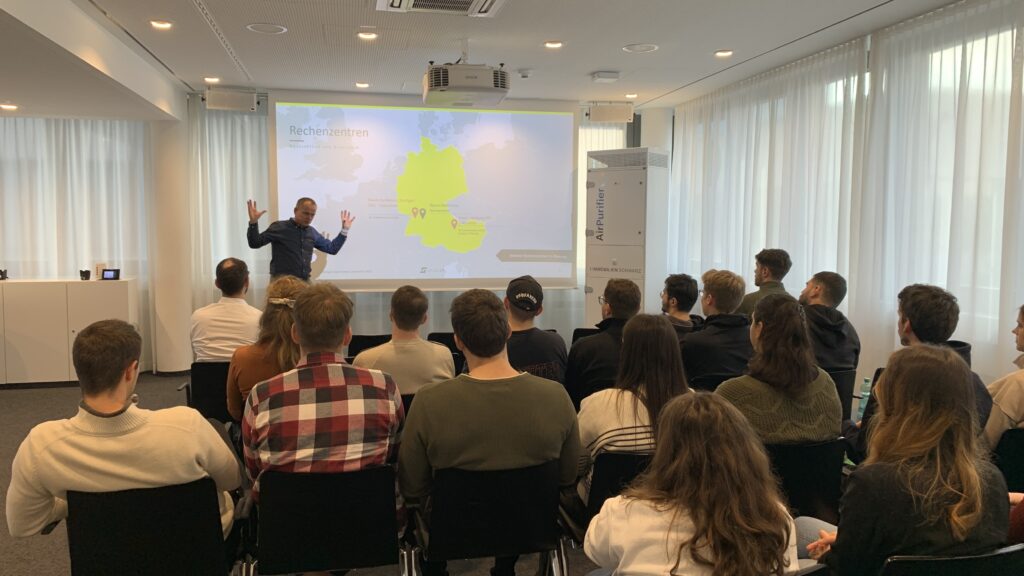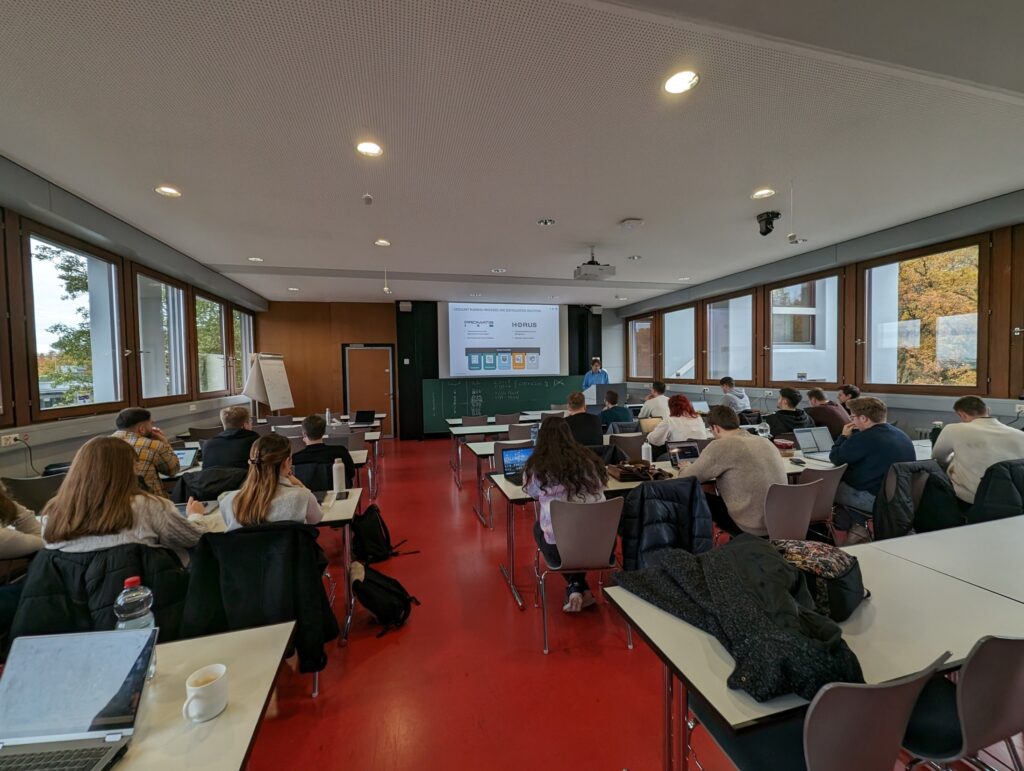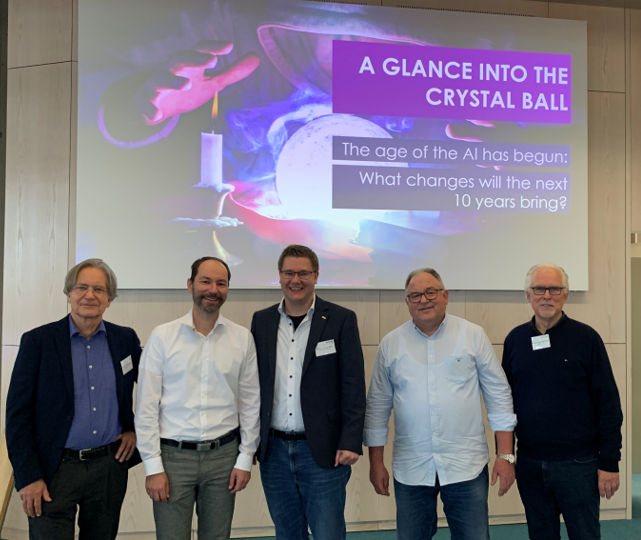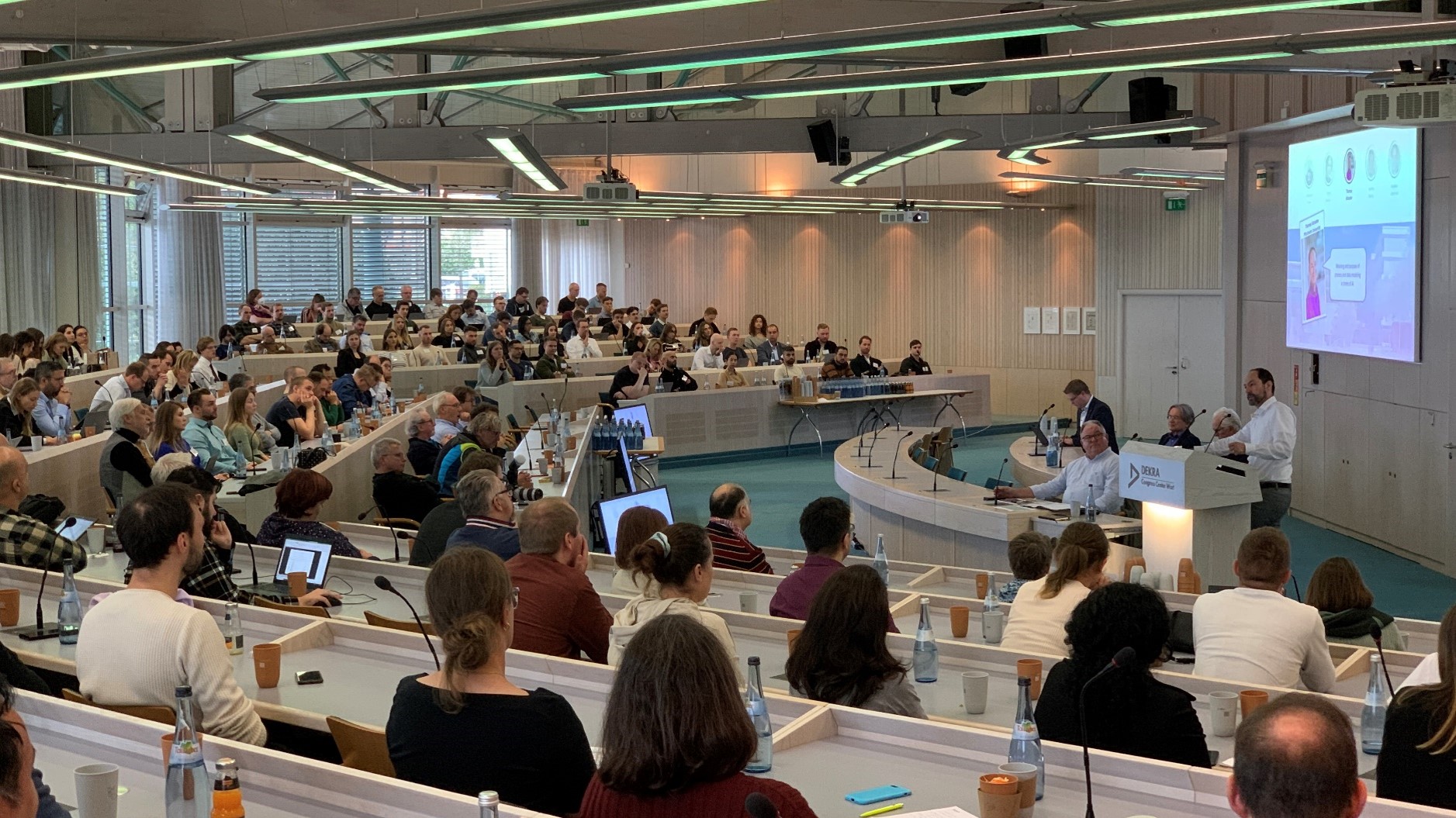Am 1. März 2024 fand ein Austausch an der Hochschule Pforzheim statt, der Kooperationspotenziale für die Smart City Pforzheim diskutierte. Unter den Teilnehmern waren Vertreter der Hochschule Pforzheim, der Stadt Pforzheim und den Stadtwerken Pforzheim. Die Veranstaltung, die sowohl persönlich als auch digital stattfand, bot eine einzigartige Gelegenheit zum Austausch von Ideen, Projekten und Visionen.
Zu den Teilnehmern vor Ort gehörten Prof. Dr. Frank Niemann, Prof. Dr. Thomas Schuster, Prof. Dr. Rebecca Bulander, Prof. Dr. Mario Bosslau sowie Philipp Linde und Andreas Welschhof. Digital nahmen Prof. Dr. Steffen Kroschwald, Prof. Dr. Dominik Berbig, Prof. Dr. Henning Hinderer, Prof. Dr. Margarita Bidler, Lukas Waidelich und Fabian Böpple teil.
Der erste Punkt auf der Agenda bestand aus einem Kennenlernen und der Vorstellung neuer Gesichter. Jeder Teilnehmer präsentierte sich anhand einer Kurzbiographie, seiner Funktion bzw. Lehrbereiche, Interessen und Forschungsgebiete sowie aktueller Aktivitäten und Projekte. Diese Vorstellungsrunde schuf eine gute Basis für den weiteren Austausch und ermöglichte es den Teilnehmern, gemeinsame Interessen und potenzielle Kooperationsmöglichkeiten zu identifizieren.
Ein wichtiger Rückblick auf vergangene Projekte bildete den zweiten Agendapunkt. Dabei wurden erfolgreiche Projekte wie LoRaWAN-Initiativen mit Studierenden, die Entwicklung einer Ridesharing-Plattform für städtische Bedienstete, sowie digitale Mobilitätsangebote im Nahverkehr für den Stadtteil Büchenbronn beleuchtet. Auch jährliche Veranstaltungen wie der Pforzheimer Hackathon und die Smart City Days wurden reflektiert. Diese Projekte zeugen von der bereits bestehenden Dynamik und dem Engagement der beteiligten Akteure für eine intelligente und nachhaltige Stadtentwicklung.
Im dritten Teil des Treffens folgte ein offener Austausch über Herausforderungen, Chancen und Möglichkeiten im Kontext der Smart City für Pforzheim. Die Ideenpalette war breit gefächert und reichte von der Entwicklung von Lernplattformen über die Förderung der Sharing-Economy bis hin zu eigenen App-Entwicklungen und partizipativen Formaten zur Stärkung der digitalen Teilhabe der Bürger. Durch diesen konstruktiven Dialog wurden neue Impulse gesetzt und Potenziale für zukünftige Projekte und Initiativen aufgezeigt.
Der Austausch war wichtig, um gemeinsam an der Zukunft Smart City Pforzheim weiterzuarbeiten. Es verdeutlichte nicht nur das Engagement und die Zusammenarbeit der verschiedenen Akteure, sondern auch den klaren Willen, innovative Lösungen für die Herausforderungen der Zukunft zu entwickeln. Die Verbindung von akademischer Expertise, städtischer Verwaltung und Versorgerunternehmen verspricht eine vielversprechende Zukunft für Pforzheim als Vorreiter einer intelligenten und lebenswerten Stadt.








 Herausforderungen und Lösungen im Zusammenhang mit CI/CD in Horus
Herausforderungen und Lösungen im Zusammenhang mit CI/CD in Horus


 Der Referent illustrierte dies anhand von Fallstudien. In einem konkreten Beispiel eines Logistikunternehmens konnte die Lagerverwaltung mithilfe von KI und rekurrenten neuronalen Netzwerken verbessert werden. Ein weiterer Fall betraf die Automatisierung der Qualifizierung für die Massenproduktion, wodurch erhebliche Zeit eingespart wurde. Darüber hinaus steigerte die KI die Effizienz von visuellen Inspektionen und der Qualitätskontrolle.
Der Referent illustrierte dies anhand von Fallstudien. In einem konkreten Beispiel eines Logistikunternehmens konnte die Lagerverwaltung mithilfe von KI und rekurrenten neuronalen Netzwerken verbessert werden. Ein weiterer Fall betraf die Automatisierung der Qualifizierung für die Massenproduktion, wodurch erhebliche Zeit eingespart wurde. Darüber hinaus steigerte die KI die Effizienz von visuellen Inspektionen und der Qualitätskontrolle.

